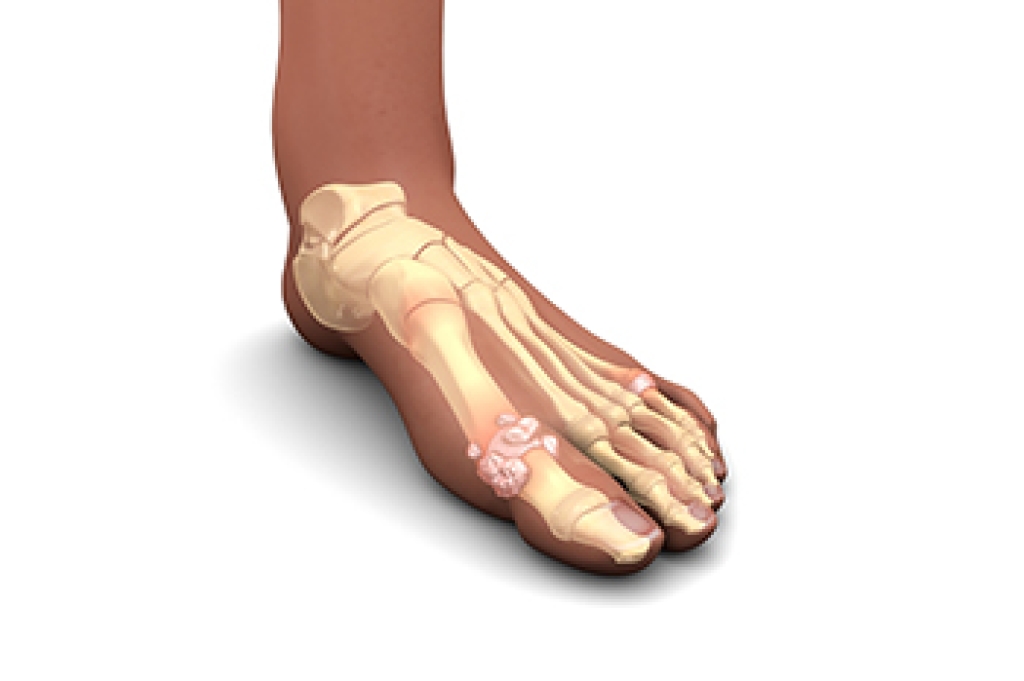
Heel pain in children often stems from conditions like Sever’s disease, Achilles tendinitis, or plantar fasciitis. Sever’s disease, which typically affects active children aged eight to 14, results from repetitive stress on the growth plate of the heel during activities like running or jumping. Symptoms include pain at the back of the heel and difficulty walking. Achilles tendinitis occurs when the tendon that connects the calf muscles to the heel becomes inflamed, often due to a sudden increase in activity or repetitive motions like jumping or running. Symptoms include pain, swelling, and stiffness in the back of the foot. Plantar fasciitis, though less common among children, involves irritation of the thick tissue along the bottom of the foot. It may be due to overuse or poor footwear support. A podiatrist can evaluate the cause of your child’s heel pain, provide a diagnosis, and offer effective treatment options. If your child complains of heel pain, it is suggested that you schedule an appointment with a podiatrist.
Many people suffer from bouts of heel pain. For more information, contact one of our podiatrists of Carolina Foot & Ankle Specialists. Our doctors can provide the care you need to keep you pain-free and on your feet.
Causes of Heel Pain
Heel pain is often associated with plantar fasciitis. The plantar fascia is a band of tissues that extends along the bottom of the foot. A rip or tear in this ligament can cause inflammation of the tissue.
Achilles tendonitis is another cause of heel pain. Inflammation of the Achilles tendon will cause pain from fractures and muscle tearing. Lack of flexibility is also another symptom.
Heel spurs are another cause of pain. When the tissues of the plantar fascia undergo a great deal of stress, it can lead to ligament separation from the heel bone, causing heel spurs.
Why Might Heel Pain Occur?
- Wearing ill-fitting shoes
- Wearing non-supportive shoes
- Weight change
- Excessive running
Treatments
Heel pain should be treated as soon as possible for immediate results. Keeping your feet in a stress-free environment will help. If you suffer from Achilles tendonitis or plantar fasciitis, applying ice will reduce the swelling. Stretching before an exercise like running will help the muscles. Using all these tips will help make heel pain a condition of the past.
If you have any questions, please feel free to contact our offices located in Mount Pleasant and Charleston, SC . We offer the newest diagnostic and treatment technologies for all your foot care needs.






